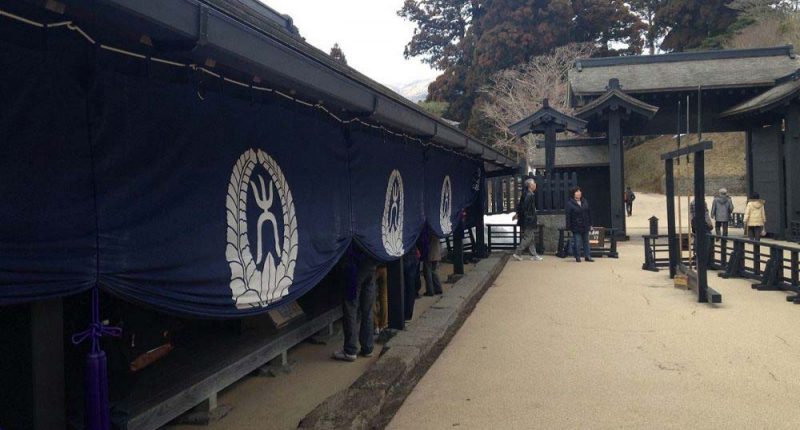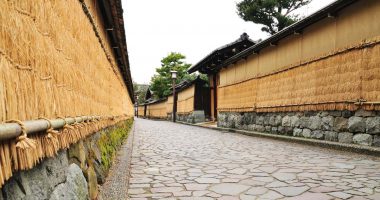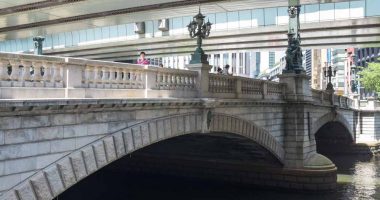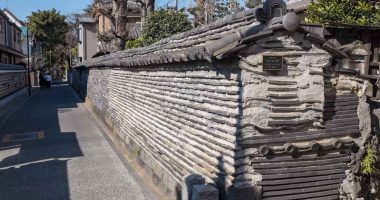Hakone Sekisho (箱根関所) was a key checkpoint along the Tokaido—the main route which connected Edo and Kyoto—and officials were placed there to check travelers for incoming guns and outgoing women (the latter because the system of “alternate attendance” required the daimyo to leave their wives behind in the capital as “hostages”). With the ending of this system in 1862 such procedures became obsolete and the checkpoint in Hakone was dismantled. Fortunately, restoration work began in 1999 and it re-opened to the public in 2007.
Location
箱根関所, 1 Hakone, Ashigarashimo, Kanagawa 250-0521« Google Maps »
Getting there
2 minutes from Hakone-machi bus station
Details
9:00-17:00 (until 16:30 between December and February)
Adults ¥500





